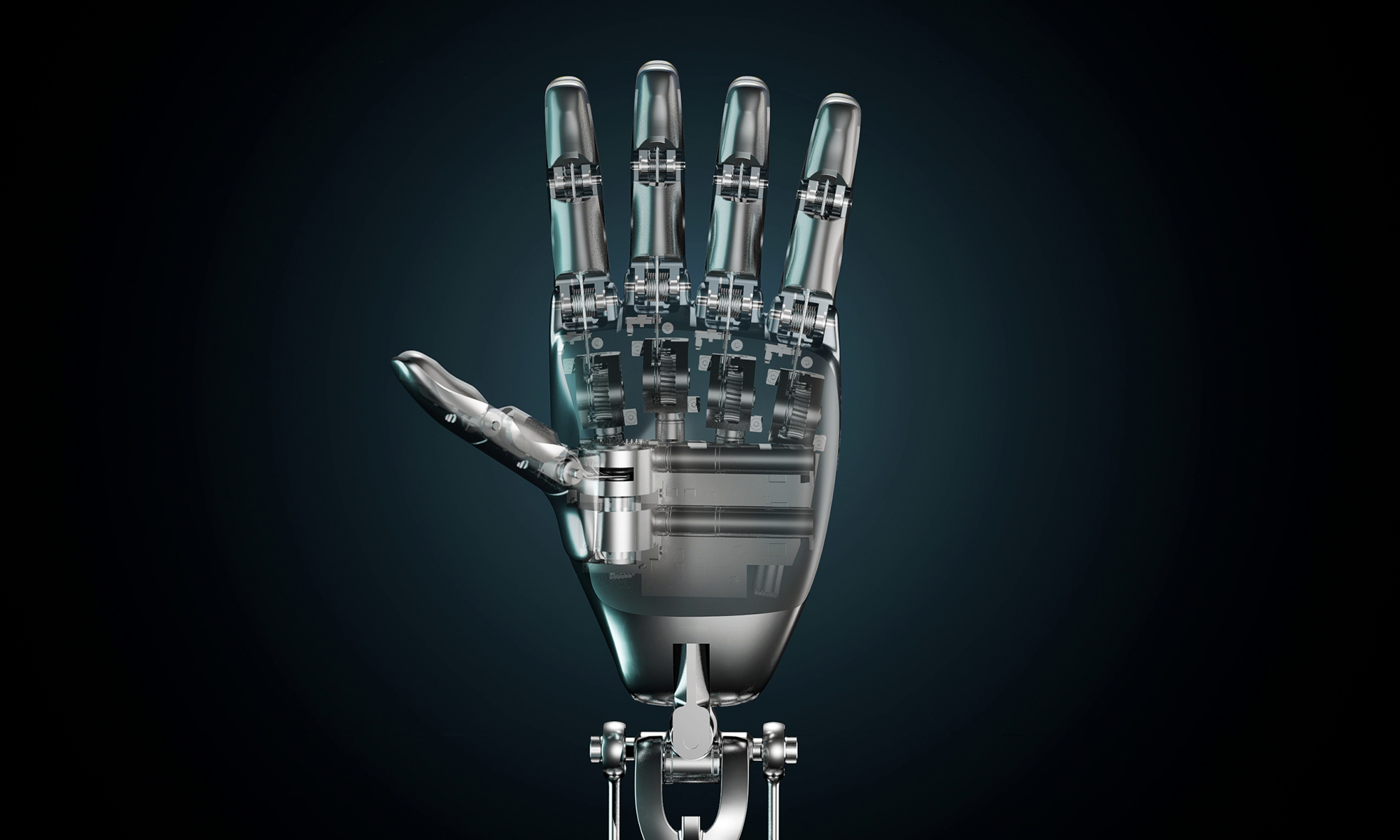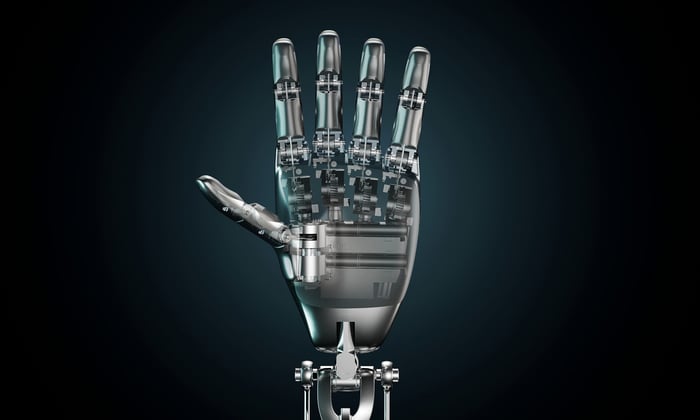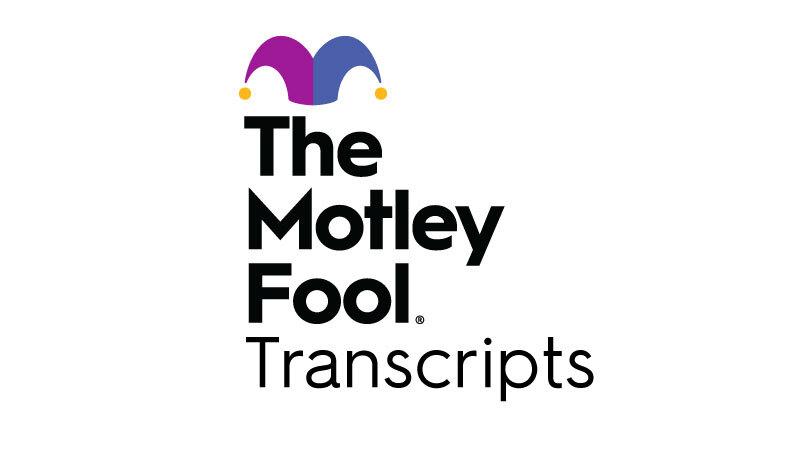Top 2 stocks in quantum computing and robotics that could skyrocket in 2026

Quantum computing and robotics represent the next frontier of the artificial intelligence (AI) revolution.
Over the past three years, artificial intelligence (AI) has been deployed primarily to train large-scale language models (LLMs) and build productivity-enhancing software for the workplace. But the next step in AI evolution extends beyond chatbots or digital assistants.
A $2 trillion giant — nvidia (NVDA -0.17%) and tesla (TSLA 1.39%) — Leading the next frontier in AI: quantum computing and robotics.
As these “Magnificent Seven” powers quietly develop the next generation of AI systems, their efforts could redefine the way humans and machines interact, reshaping entire economies for decades to come.
Nvidia’s Ambition: Bridging the Classical and Quantum Worlds
Nvidia is no stranger to paradigm shifts. What started as a company making chips to improve graphics for gamers has evolved into the backbone of the generative AI revolution. Over the past three years, the company’s graphics processing units (GPUs) have fueled the growth of models like ChatGPT, generating hundreds of billions of dollars in revenue and record profits.
Now Nvidia is setting its sights on an even bigger opportunity: quantum AI, a market that some on Wall Street believe could one day reach $10 trillion. At the center of this push is CUDA-Q, Nvidia’s quantum classical computing architecture. By integrating quantum algorithms with GPU infrastructure, the company is enabling hybrid workflows that bridge today’s traditional AI systems with tomorrow’s quantum innovations.
This approach can be innovative. In areas such as pharmaceuticals, energy, and autonomous system design, quantum-based simulations can provide solutions to problems that have long been out of reach, including molecular drug discovery, advanced weather prediction, and urban planning reimagining.
If successful, Nvidia could become not only a protagonist in the next chapter of the AI story, but also a major author of the next era of computational science.
Tesla’s Robotics Revolution: Why Optimus Could Be the Company’s Next Catalyst
While Nvidia is designing hardware to help machines think faster, Tesla is focused on bringing machines to life. Meet Optimus, a humanoid robot that could revolutionize the way the world views automation.
Optimus may be Tesla’s most ambitious project yet. A bipedal robot that can perform repetitive human tasks through the power of AI. It represents a convergence of robotics, vision systems, and neural network learning.
In recent demonstrations, Optimus walked autonomously, handled delicate objects with precise dexterity, and even sorted battery components on a Tesla factory floor. CEO Elon Musk believes Optimus could one day overtake the company’s electric vehicle (EV) business, suggesting that 80% of Tesla’s long-term value could come from robotics.
“We will probably have a prototype of Optimus 3 by the end of this year and production will scale up next year,” Musk said during Tesla’s second-quarter earnings call. If the company succeeds in commercializing Optimus, the implications will go beyond improved vehicle production.
Robots could reshape the labor economy across logistics services, warehouse manufacturing, retail environments, and even senior care. Optimus has the potential to transform Tesla from an automaker to a multi-industry technology powerhouse.

Image source: Tesla.
The bigger picture: Catalysts for 2026 and beyond
Both Nvidia and Tesla are heading into 2026 with catalysts that could redefine their long-term roadmaps.
For Nvidia, upcoming GPU architectures like Blackwell Ultra and Rubin will likely capture Wall Street’s attention, but investors shouldn’t overlook the company’s growing role in quantum AI as advanced workloads transition from theory to production. Meanwhile, Tesla’s Optimus signals the beginning of scalable robotics. This is an inflection point that could be as transformative as the launch of the iPhone.
The implications for long-term investors are clear. Both Nvidia and Tesla already dominate their respective industries, but their boldest products may still lie ahead. Quantum computing and humanoid robotics are not distant dreams but the next trillion-dollar vision, and these two companies are leading the next revolutionary chapter in AI.
Adam Spatacco works at Nvidia and Tesla. The Motley Fool has positions in and recommends Nvidia and Tesla. The Motley Fool has a disclosure policy.



